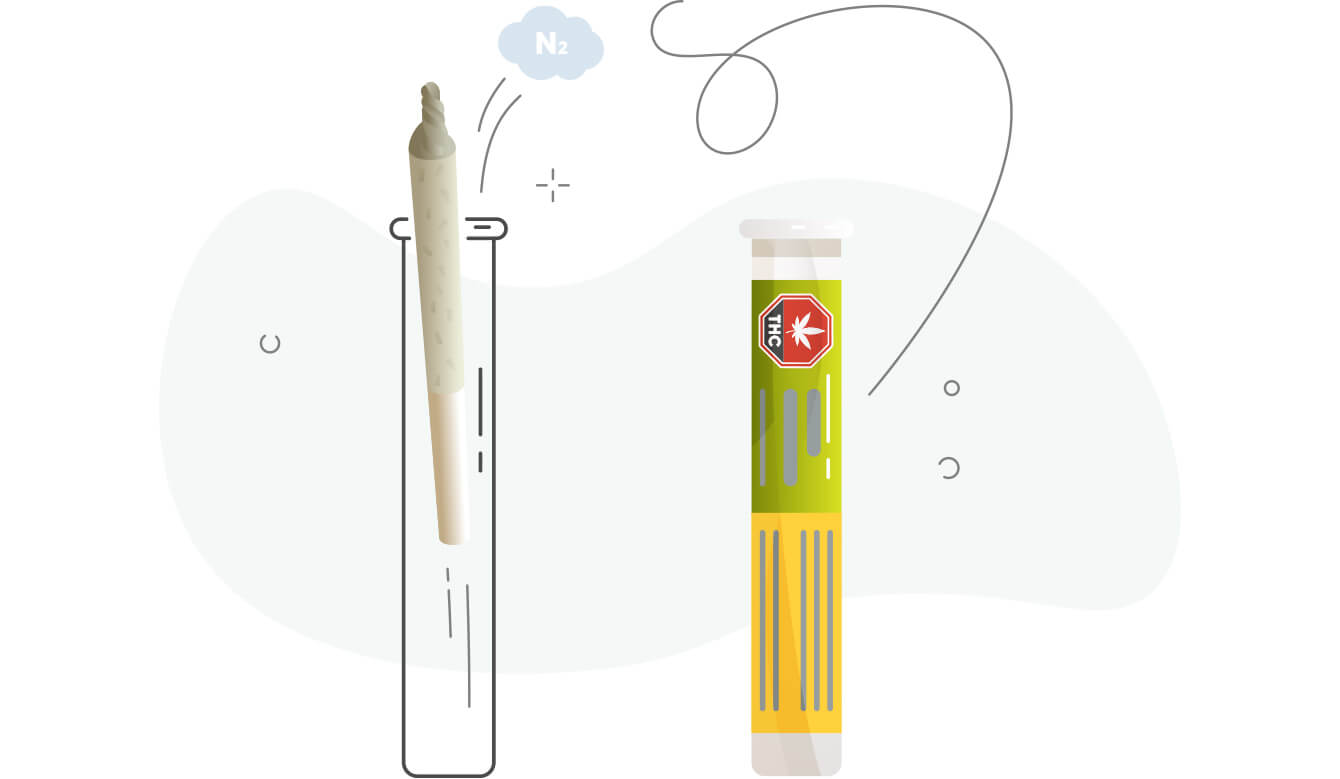How Pre-Rolls Are Made
What goes into the perfect pre-roll? Here’s a lowdown on how Licensed Producers twist up their ready-to-go joints.
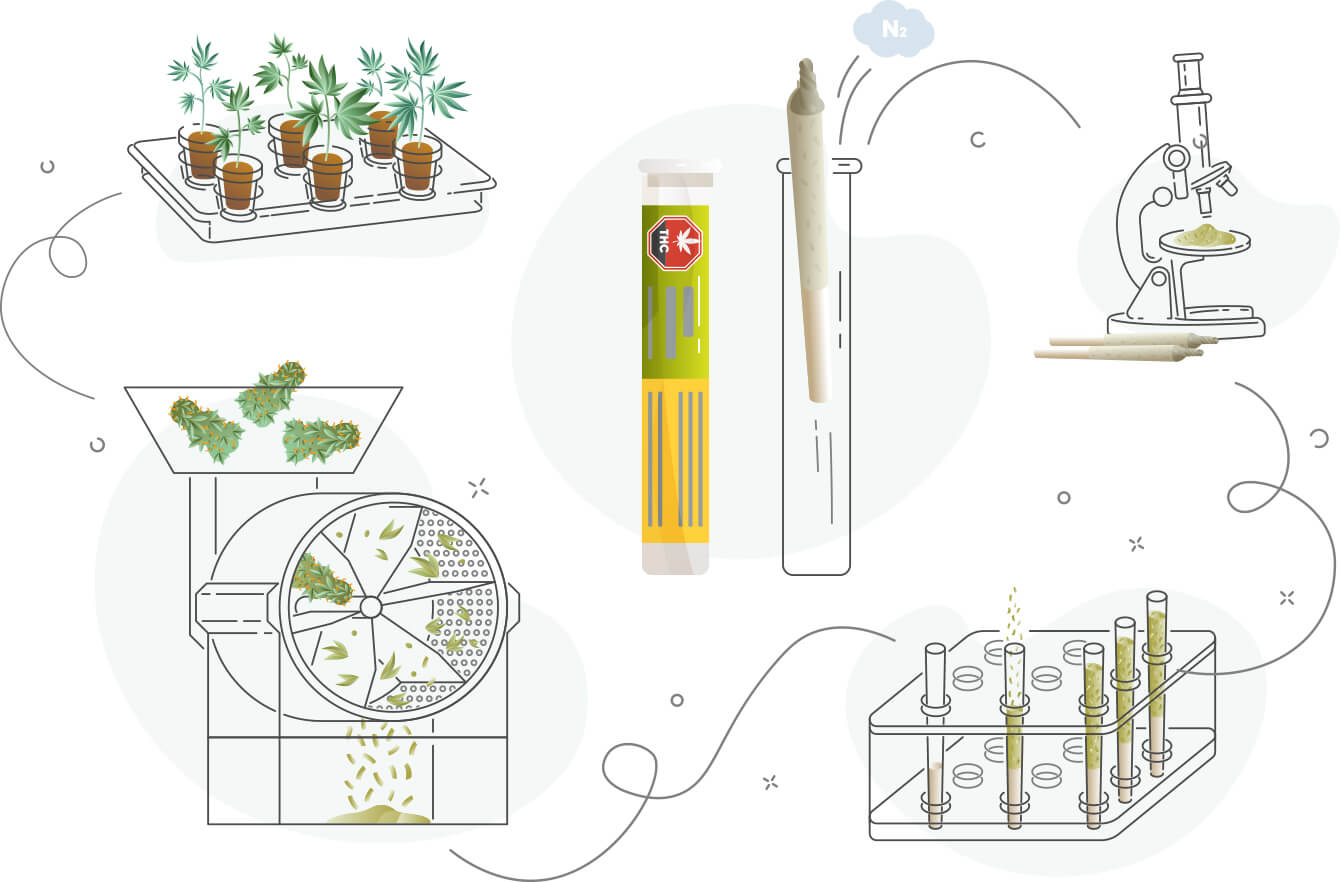
See How We Grow: Pre-Rolls
You may pride yourself on your joint-rolling techniques (if you need tips, check out our how-to), but if you prefer to leave it to the professionals, you’re in luck — Licensed Producers are producing pre-rolls to suit every taste and preference. Available in a range of specific strains, THC and CBD potency, and package sizes, these joints are convenient, no-fuss and expertly rolled (no loose wraps, here!).
Rolling a joint for a solo session is one thing. How do Producers turn out pre-rolls for the masses? To find out, we asked Tweed, Carmel Pharms and Muskoka Grown about their unique pre-roll production process — from selecting the raw material, to milling and filling, to sealing and packaging.
Step 1: Picking and Drying
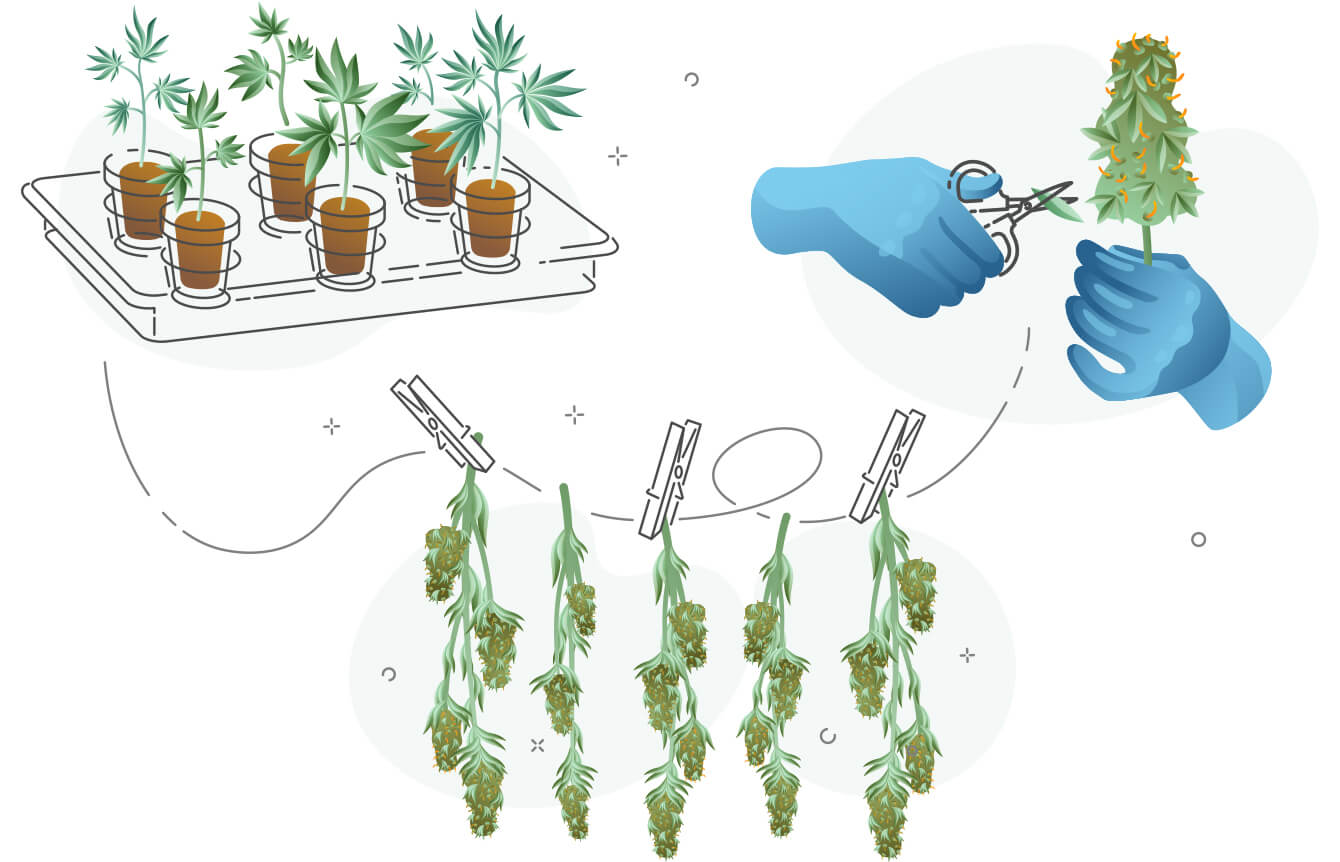
As with all cannabis products, the first consideration is the base material — the flower.
Some pre-rolls contain trim or shake (the small bits that break off larger buds during handling) while others are made only from milled whole flower. Producers can also choose to focus on a single strain or use a mix.
The input material drives the flavour and effect of the pre-roll.
With the base material selected and harvested, it’s time to hang- or tray-dry the bud to achieve optimal moisture content. Next up is curing, which preserves the aromatic and flavourful terpenes. After that, the buds are trimmed of excess leaves and other unwanted plant parts and sent onward for milling.
Step 2: Milling the Flower
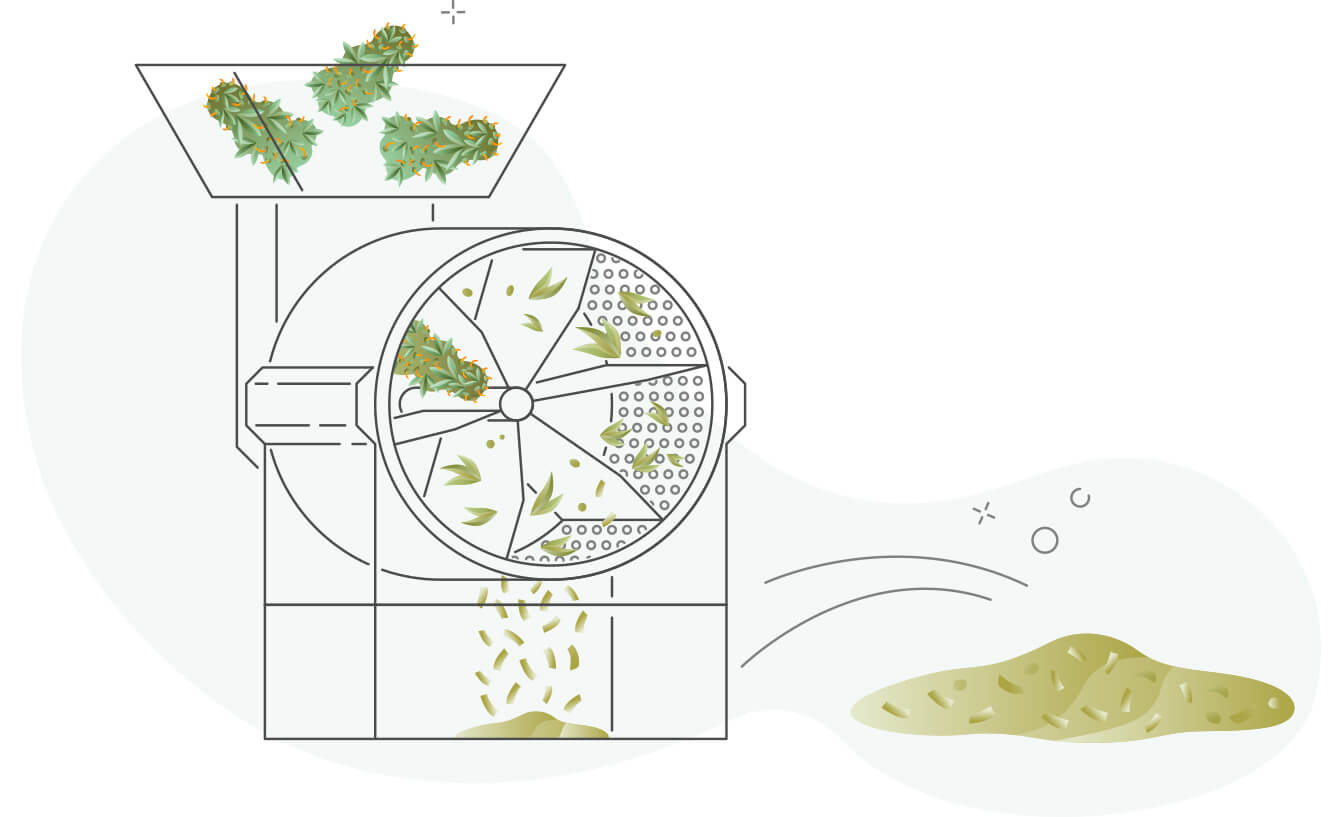
Consistency and texture is the name of the milling game, a process that breaks the dried flower down to a uniform particle size and removes any unwanted bits like stems that can ruin the flavour or poke holes in the rolling paper. This process can be quick or it may take a few days, depending on the type of machinery used and how much is milled at a time. A Super OG Shredder does just 250 g per run which allows you to ensure a perfect mix consistency and to ensure optimal moisture content.
Fun fact Muskoka Grown mills 20 to 30 kg of cannabis before moving on to the filling stage. The whole process can take two weeks from start to finish.
Step 3: Filling ‘Em Up
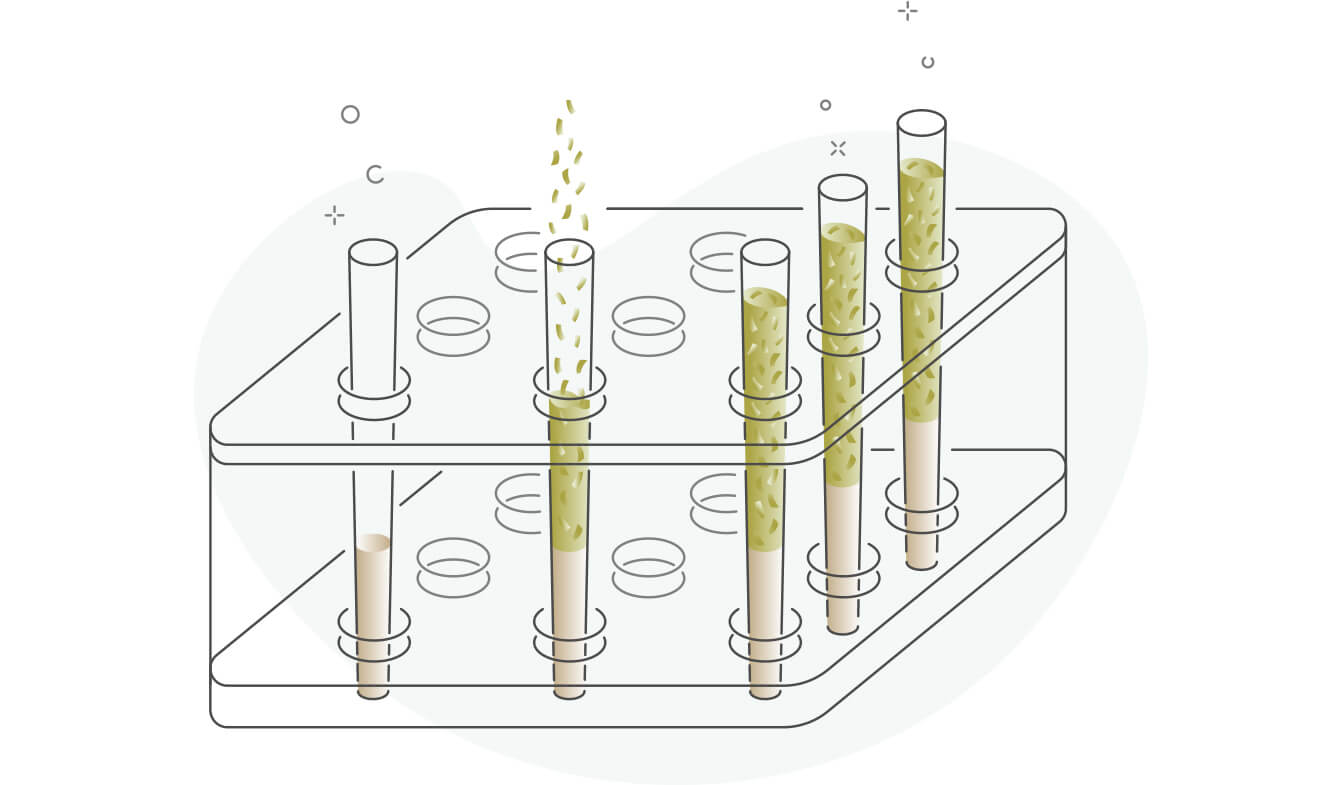
Once the flower is milled, it’s ready to roll — that is, to be loaded into the rolling paper. But before the filling begins, Producers have a lot of choices to make, from the thickness and type of paper (such as unbleached wood paper, hemp or organic) and filter (like non-bleached paperboard, or cellulose) to the shape of the pre-roll cone (tapered or slender? short or long?), all of which affect the quality of the burn.
How the pre-roll cone is filled and sealed also influences the quality and consistency of the final product. Some Producers use a fully manual process, some a semi-automated system (most often with a machine that holds a large number of cones and then distributes the milled flower between them), and others employ an entirely mechanical system that makes the pre-rolls from start to finish.
Regardless of the machinery or number of hands involved, the process is essentially this: The cannabis is loaded into paper cones, which are then tapped and tamped with a rod to remove any air pockets and ensure the material is packed neither too loosely nor too tightly, which could lead to an inconsistent burn.
Did you know? “Canoeing” is what happens when a joint burns more quickly on one side than the other, causing the joint to take on a canoe-like shape.
Step 4: Sealing and Testing
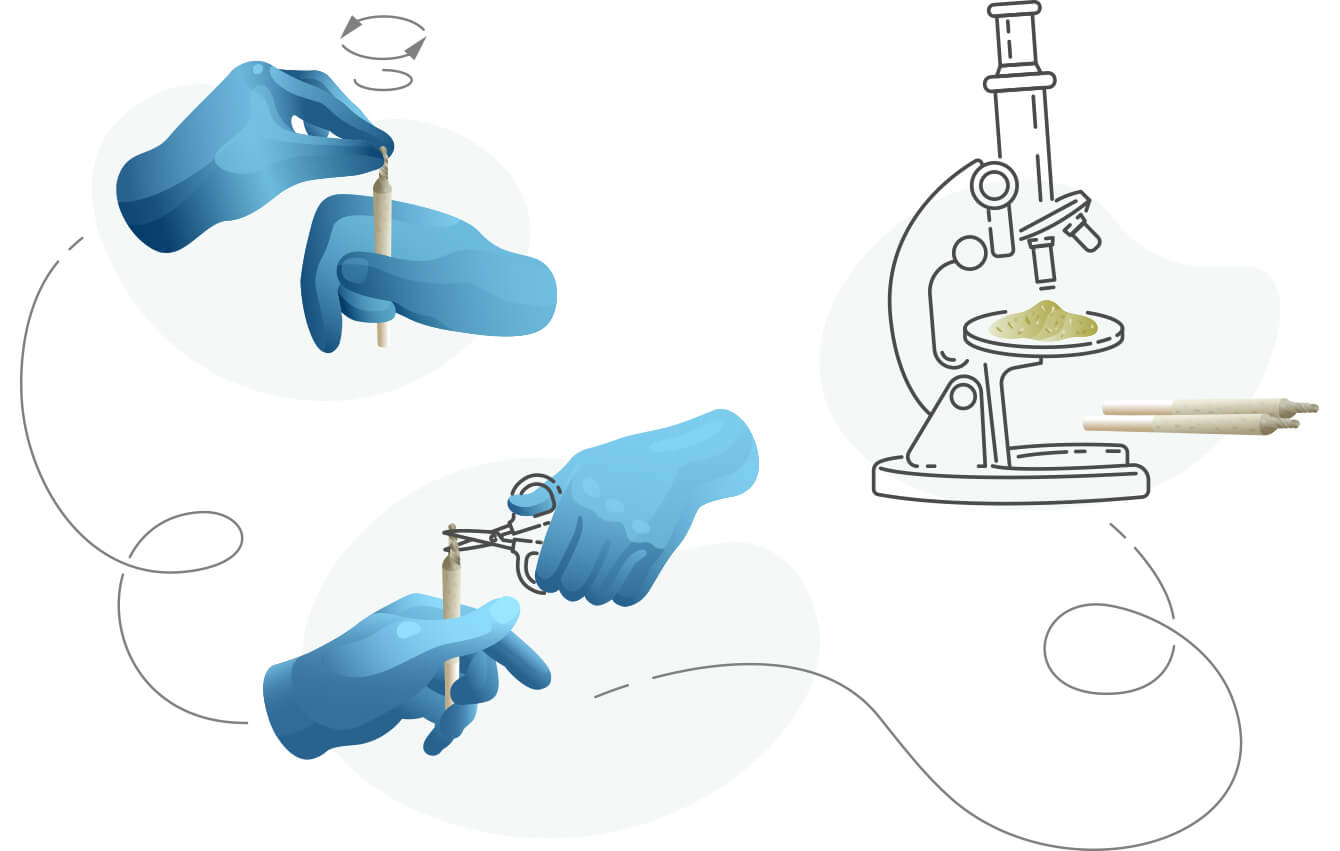
Just like you would at home, Producers seal their pre-rolls with a simple twist or a fancy dimple, where the paper is neatly tucked into the end. This step ensures no cannabis is lost in the package during shipping and that the pre-roll can be lit easily.
At this point, the finished pre-rolls are inspected and weighed to ensure they adhere to all the legal requirements. Before moving on from the twisting process, the team performs several spot checks including looking for even compaction, similar lengths and an absence of crinkles in the paper.
Strict and rigorous testing requirements are one key reason to buy legal cannabis, and pre-rolls are no exception. Testing — which includes verifying cannabinoid and terpene content, and looking for the presence of heavy metals, pesticides and microbes — can be done in-house or by a third-party lab.
Flowers are usually tested before and after milling. This allows to get accurate testing, while also reducing the time from rolling to sale, which means fresher products for consumers.
Step 5: Packaging Up and Shipping Out
